The Best PS1 Games on PlayStation Network
We've picked 15 must-play classics that you can, in fact, play quite easily.
This article first appeared on USgamer, a partner publication of VG247. Some content, such as this article, has been migrated to VG247 for posterity after USgamer's closure - but it has not been edited or further vetted by the VG247 team.
While Nintendo's Virtual Console has its ups and downs, Sony classic PlayStation and PS2 games released via PlayStation Network tend not to see as much discussion.
While we don't see many additions on a weekly basis, and the PSN catalog has some shocking omissions, you have hundreds of games to choose from should you go delving into PlayStation's history. That's really quite a lot of titles! And alas, many of those games are totally forgettable. If you somehow missed the PS1 era but want to explore its highlights, PSN's cheap (six bucks a pop!) offerings are absolutely the best place to start – you can play any of these games on PlayStation 3, PlayStation Portable, and Vita. And maybe, someday, PS4. Unified accounts means portability across all platforms, too. Stick that in your pipe and smoke it, Nintendo.
Every PlayStation owner should have these classics on-hand. You really have no excuses, unless your Internet melted down or something. In which case, thanks for taking the time to stop by your local Internet cafe so you could read this article!
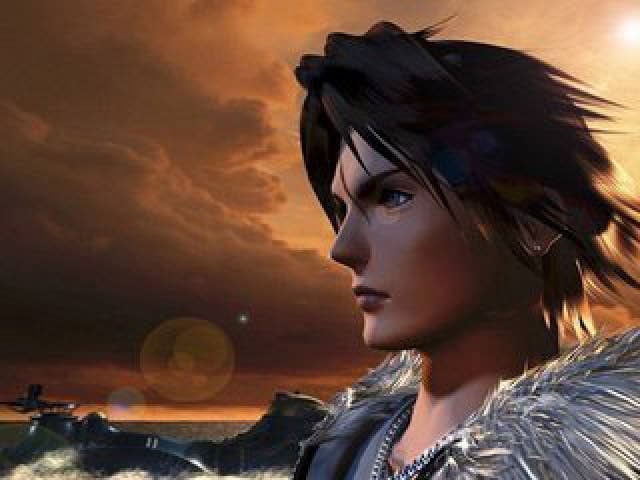
Final Fantasy VIII
Square EA | RPG | 1999
Final Fantasy VII has the more vocal fanbase. Final Fantasy IX has the more affectionate one. But for our money, Final Fantasy VIII is the PlayStation Final Fantasy to play – the one that best embodies the free-wheeling, anything-goes spirit of Square's 32-bit era. This is the company that supplemented its RPGs with techno-driven shoot-em-ups, samurai fighting games where a single blow could cripple or kill, and mascot racers. Final Fantasy VIII is a hot mess of systems that don't quite work together, a plot that buries its schoolboy mundanity beneath time loops and the moon weeping tears of blood, and graphics that strain the hardware to the point that half the game feels like a loading screen. Yet these failures come not from lack of care but from mad-eyed ambition and a desire by the creators not to fall into a rut of rehashing FFVII every two years.
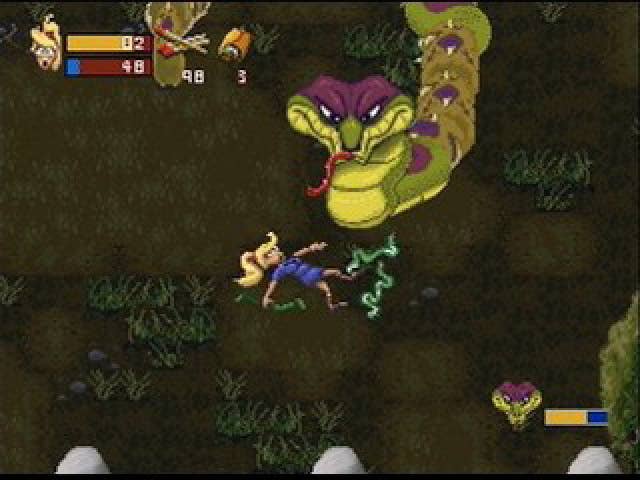
Herc's Adventures
LucasArts | Action Adventure | 1997
An oddball little adventure doomed to obscurity thanks to the really ill-timed fortune of launching around the same time as Disney's Hercules, Herc's Adventures places one or two players in the strappy sandals of mythic figures Hercules, Jason, or Atalanta as they take on the evil forces of Hades across ancient Greece. It's not particularly faithful to Edith Hamilton, not is it particularly politically correct (what with your heroes collecting gyros for health restoration), but it is a lot of fun – the secret sequel to Super NES co-op classic Zombies Ate My Neighbors.
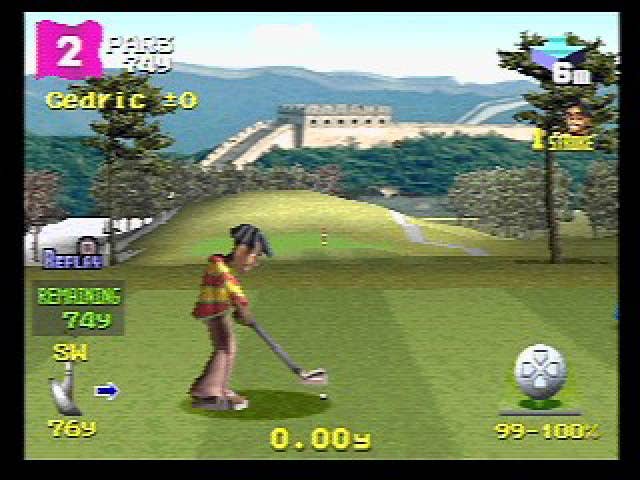
Hot Shots Golf 2
Clap Hanz | Sony | Sports | 1999
Every golf video game is pretty much the same thing: Selecting action points on two or three different meters while taking factors like distance, club type, and wind into account. What separates the good golf games from the forgettable ones comes down to style, and Hot Shots Golf 2 had style aplenty. Not slick, cool style – but rather, lovable, charming style. It's a wholly approachable, wholly playable little game of golf, with underlying mechanics solid enough for a serious sim but the personality of the best couch co-op Nintendo games.
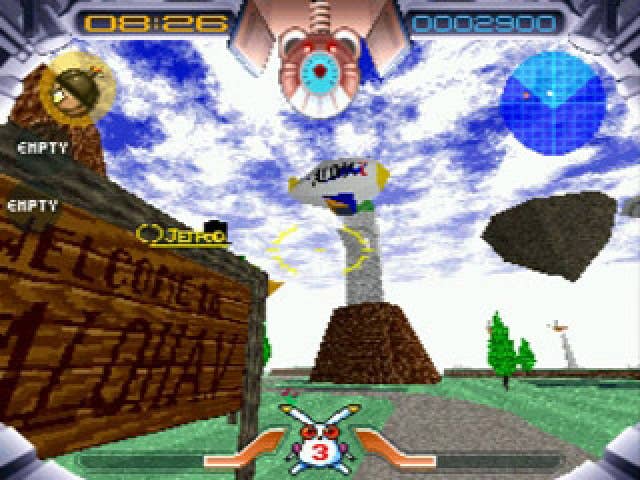
Jumping Flash!
Exact | Sony | Platformer | 1995
If Alfred Hitchcock had played Jumping Flash!, Vertigo might have been a completely different film. This whimsical platformer introduced many gamers into the world of 3D action by playing up the third dimension, putting them in control of a rabbit-shaped robot who could jump... and jump... and jump. Many levels were higher than they were wide, or at least felt like it. However, complementing the dizzying heights to which Robbit could leap, you also had to complete more confined sequences that sent you through claustrophobic caves, like a first-person shooter. Simple, but timelessly fun thanks to smart design and pick-up-and-play appeal.
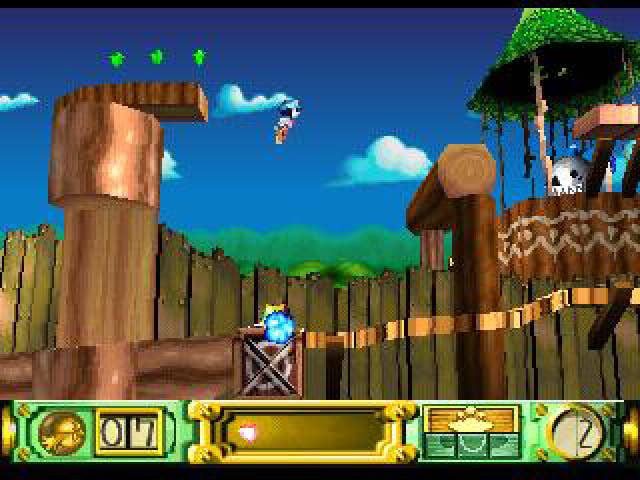
Klonoa
Namco | Platformer | 1998
Namco took an alternate approach to creating a 3D platformer: Knock the mechanics back into the second dimension, but play up the cinematic potential of the polygonal visuals. Though hardly the first game to take this approach, Klonoa absolutely did it best. Not only did it feature Yoshi's Island-inspired sequences where players had to interact with the foreground or background, it wasted no opportunity to use dramatic camera angles to build a sense of majesty – panning, zooming, and swooping to create the impression of heroic scale. Add to that some simple but thoroughly exploited mechanics and an unexpectedly heart-wrenching plot line and you have the makings of a real classic.
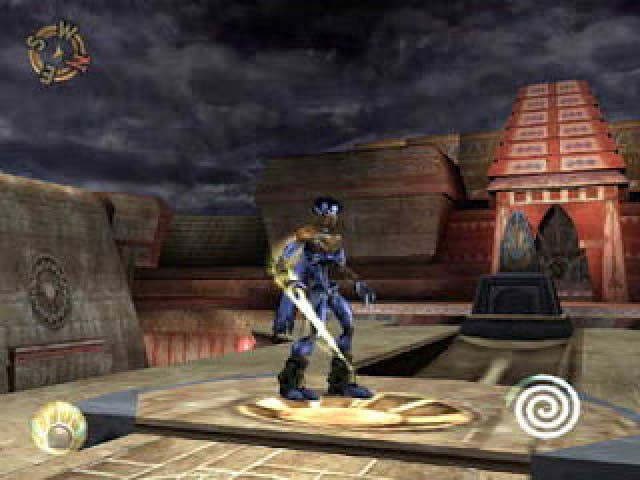
Legacy of Kain: Soul Reaver
Crystal Dynamics | Eidos | Action Adventure | 1999
Blood Omen: Legacy of Kain heralded the mature tone of PlayStation games to come. Dark, bloody, and intricate, it was like no other console RPG before it. Unfortunately, it also had pretty terrible graphics and even worse loading times. The sequel reinvented the action, switching over to a Tomb Raider-inspired 3D perspective with fluid combat and extensive freedom to explore. Furthermore, it also incorporated a Dark Souls-like dual world, with protagonist Raziel traveling both through the real and the spirit realms in order to complete his quest. The biggest downside to this classic? It was so ambitious that a huge amount of game content was never completed, so it feels unfinished toward the end. But it's about the journey, not the destination, right?

Metal Gear Solid
Konami | Stealth Action | 1998
While The Legend of Zelda: Ocarina of Time was redefining the way adventure games work in 3D over on Nintendo 64, Metal Gear Solid was doing the same for cinematic, story-driven action. Gone were the full-motion videos, the awkward voice acting, the sloppy cuts. In its place, we had an almost seamless experience – even though Metal Gear frequently pulled the controller away from players to let story events unfold the way director Hideo Kojima wanted, both interactive and cinematic portions of the game felt like they were cut from the same cloth. While it didn't do much to take advantage of the 3D visuals in terms of gameplay – the game mechanics came almost directly from the 8-bit Metal Gear 2 – the whole experience became so immersive it didn't matter. And it still holds up, thanks in large part to featuring the best English localization ever to grace a Metal Gear title.

Mobile Light Force
Psikyo | XS Games | Shooter | 2000
Even though the U.S. release completely strips this shooter of its story framework and slathers it was some of the most laughable cover art ever inflicted upon an innocent video game, underneath it all this so-called "Mobile Light Force" is none other than classic top-down shooter Gunbird. The plot may be mutilated (probably due to some rather controversial story elements) and the characters renamed to in-jokes, but that doesn't change the fact that this is a top-tier arcade action game. They say that hell is other people, but Mobile Light Force challenges that notion: Hell is either bullets, or it's other people... who hack up video games in the process of localization.
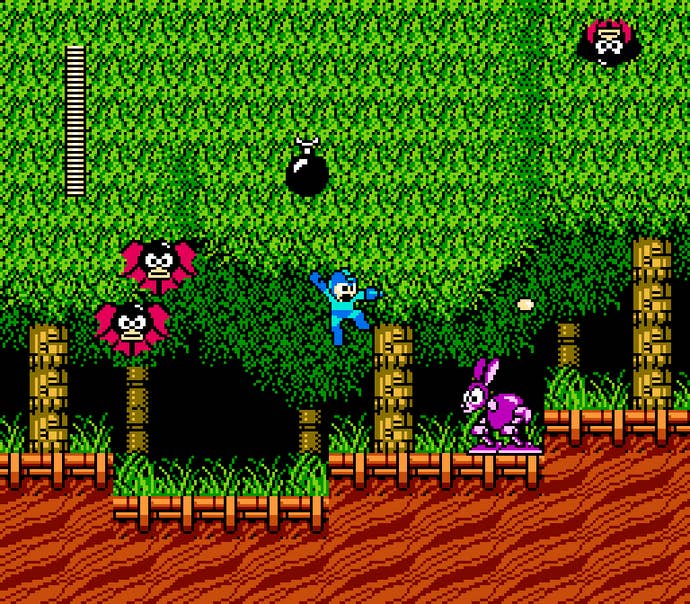
Rockman 2 (Mega Man 2)
Capcom | Platformer | 1988
Even though this is the Japanese version of Mega Man 2 – the PlayStation port of the NES classic only came out in Japan back in the day – the language barrier here is more like a tiny pebble. So you won't get the full impact of the added features for PS1, such as the optional running navigator commentary and the desultory PocketStation support. But who cares? Whatever the language, Mega Man 2 remains one of the finest action games ever made, a near-perfect combination of 2D platforming, great level and power-up design, wonderful graphics, and amazing music. Just remember that ??????? means "Metal Blade" and you're golden.

Shin Megami Tensei: Persona 2: Eternal Punishment
Atlus | RPG | 2000
For various reasons, the PSP remake of Persona 2: Eternal Punishment never made its way to the U.S. But that's OK, because that was the half of Persona 2 that Atlus bothered to localize back in the day. Even though the old English script doesn't quite jive with contemporary localizations of the series, you can puzzle through the connections to Persona 2: Innocent Sin easily enough. You're a smart kid. And, combined with the PSP versions of Persona 1, Innocent Sin, P3, and P4, you can have the whole danged Person series on a single Vita. What an age we live in!

Silent Hill
Konami | Horror | 1999
Though less beloved than its daring sequel, this inventive adventure from Konami reinvented the concept of survival horror. Protagonist Harry Mason wasn't simply underpowered in the face of the eldritch horrors prowling the foggy streets of Silent Hill – was in fact a totally normal guy, vulnerable and weak and generally better off making a break for it than trying to pummel freakish abominations with whatever makeshift weapons he could dig up. With an uncanny plot line and an eerie radio-based echolocation mechanic that turned 32-bit fog into a terrifying feature, Silent Hill turned the schlocky jump-scares of Resident Evil's ilk into truly unsettling horror.
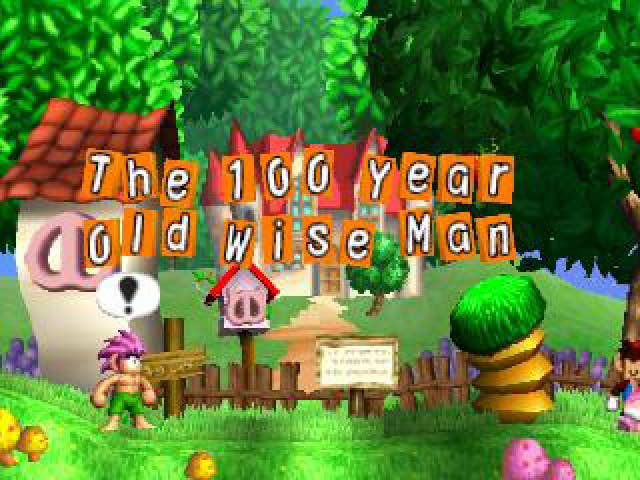
Tomba!
Whoopie Camp | Sony | Platformer | 1998
What a weird game. Tomba! concerns the adventures of its eponymous protagonist, a wild-eyed cave boy with pink hair and a penchant for biting pigs. Yeah. But anyway, Tomba's on a quest to find his grandpa's stolen treasure, which transpires through a non-linear 2D platformer broken into a very contemporary quest-style structure. Like the Matrix, no one can tell you what Tomba! is – you have to experience it for yourself. But at six bucks, you can swing it.
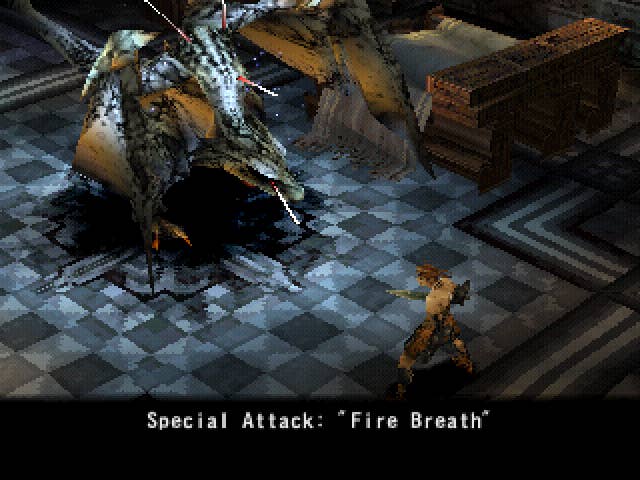
Vagrant Story
Square EA | RPG | 2000
The Metal Gear Solid of role-playing games, Vagrant Story may be the PlayStation's crowning technical achievement – though it's not exactly a casual play. Combining a gorgeous cinematic presentation and an intricate tale of medieval intrigue with super-dense combat mechanics, Vagrant Story may put you in control of a single character in an action-style setting, but it has the depth of a true role-playing game. Protagonist Ashley Riot can learn skills, craft gear, balance an inventory, chain attacks, and target specific points on an enemy, all while balancing his own defensive vulnerability. A meaty, complex game, Vagrant Story is not for the faint-hearted... but those who stick with it will find an extraordinary, memorable adventure.
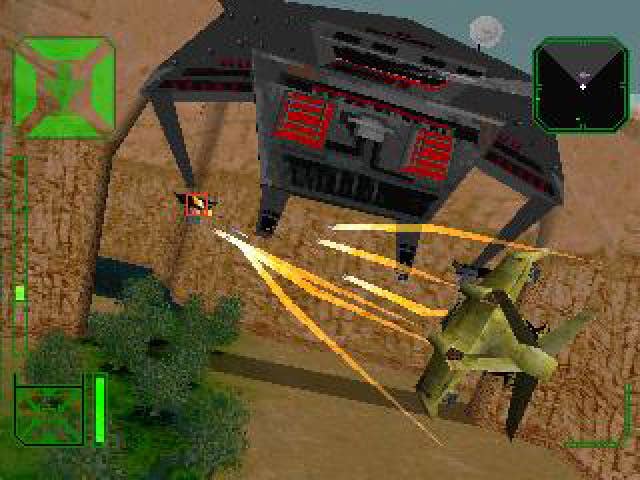
Warhawk
SingleTrac | Sony | Shooter/Flight Sim | 1995
SingleTrac's first big PlayStation hit walked a clever tightrope between the past and the future. With its bleeding-edge (for 1995) 3D visuals and open-ended level design, Warhawk brought console-based flight combat to a new plateau of excitement. On the other hand, the game itself had a compact, arcade-inspired sensibility, emphasizing blistered-thumb shooting over all else. Intense, cool, and often funny, the original Warhawk may not look as slick as its PS3 sequel, but it just might be more fun.

Wipeout
Psygnosis | Sony | Racing | 1995
There were lots of 32-bit games before Wipeout, but 32-bit gaming didn't really begin until Wipeout arrived. If PlayStation was the answer to Nintendo's Super NES, Wipeout was the next-generation version of F-Zero: A blazing fast futuristic racer with unconventional track designs and an element of aggression (and even a touch of Mario Kart's combat). But rather than mimic F-Zero's gentle, comic book version of sci-fi, Wipeout looked to sleek '90s European graphic design, creating an aesthetic wed to the present day and the future all at once. There are fancier racers on PlayStation, but the original Wipeout still has a lot of oomph.








